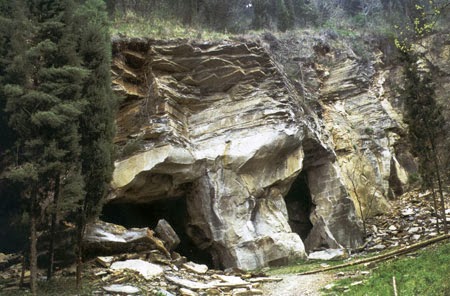It seems I’ve spent the last few years in one of three states; eagerly anticipating study, screaming because I was in the middle of study, or suffering post-study ennui. As I’m currently in between final course work and at the pre-research/planning stage for my 15000 word dissertation, this is a really good time to evaluate the impact that part time study has on my professional life.
It also doubles as an annoyingly motivational piece for January, given the tradition for resolutions and fresh starts. What more perfect resolution could there be than taking a course of study?
One of my library friends on Twitter asked how I was finding my course - what the workload with the day job/support/etc was like - because he was thinking of doing something similar. I was honest. If I’m being frank, my friends and family get neglected, annual leave is spent in the library, stress levels rise around coursework/assessment time and lecture evenings are reserved, no matter what. Sometimes day to day work is affected because of tiredness and, in my case, total distraction with a subject I love. All this sounds very negative and yet, I advised my friend to go for it as soon as possible. Why would anyone go to such lengths for study?

.JPG)
